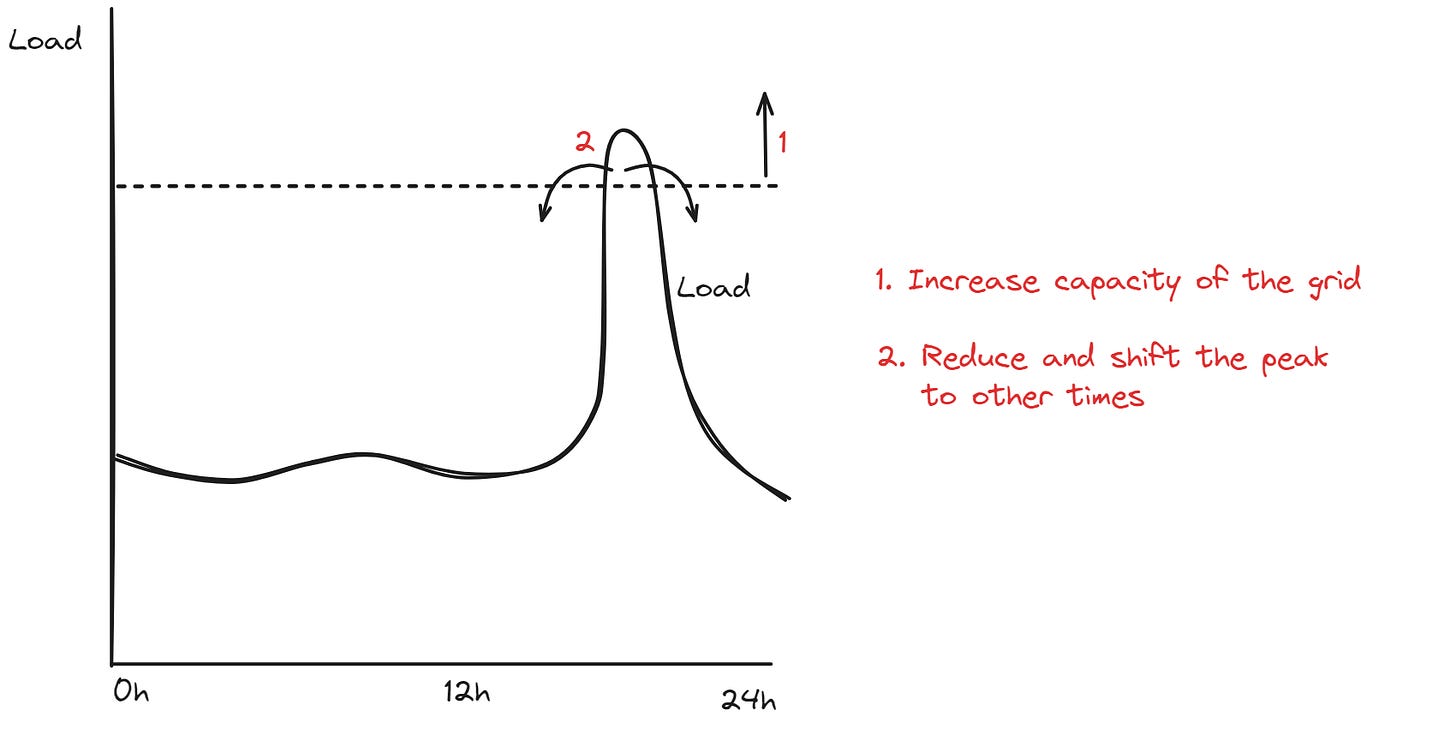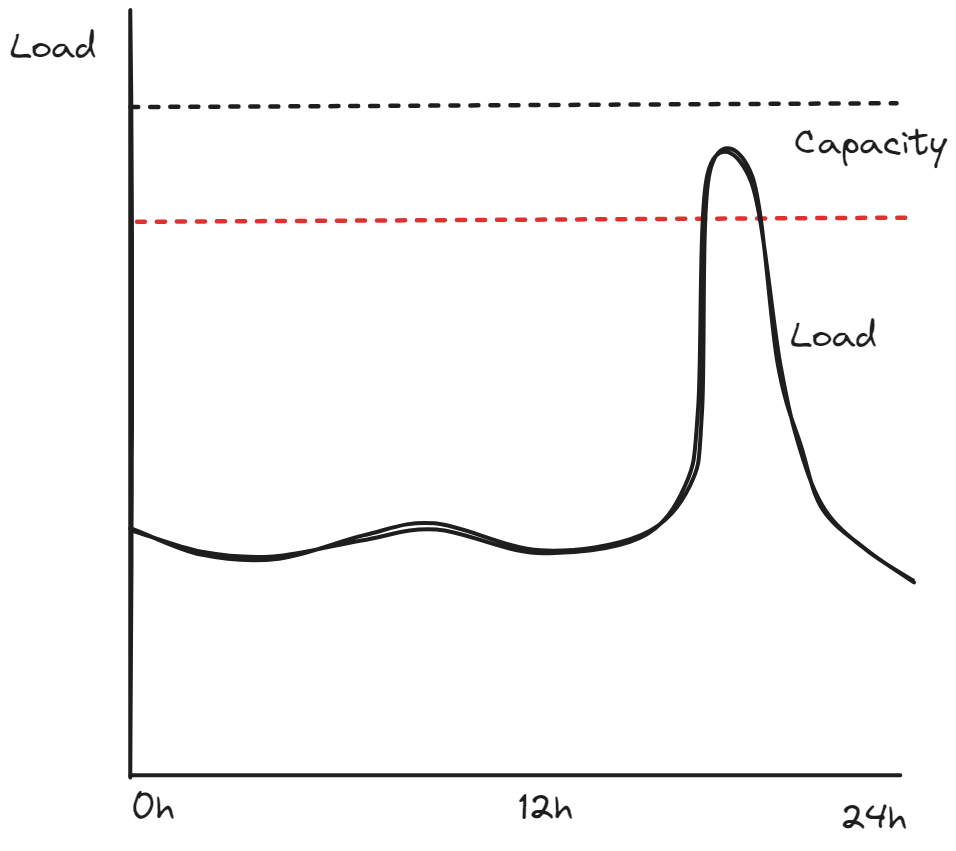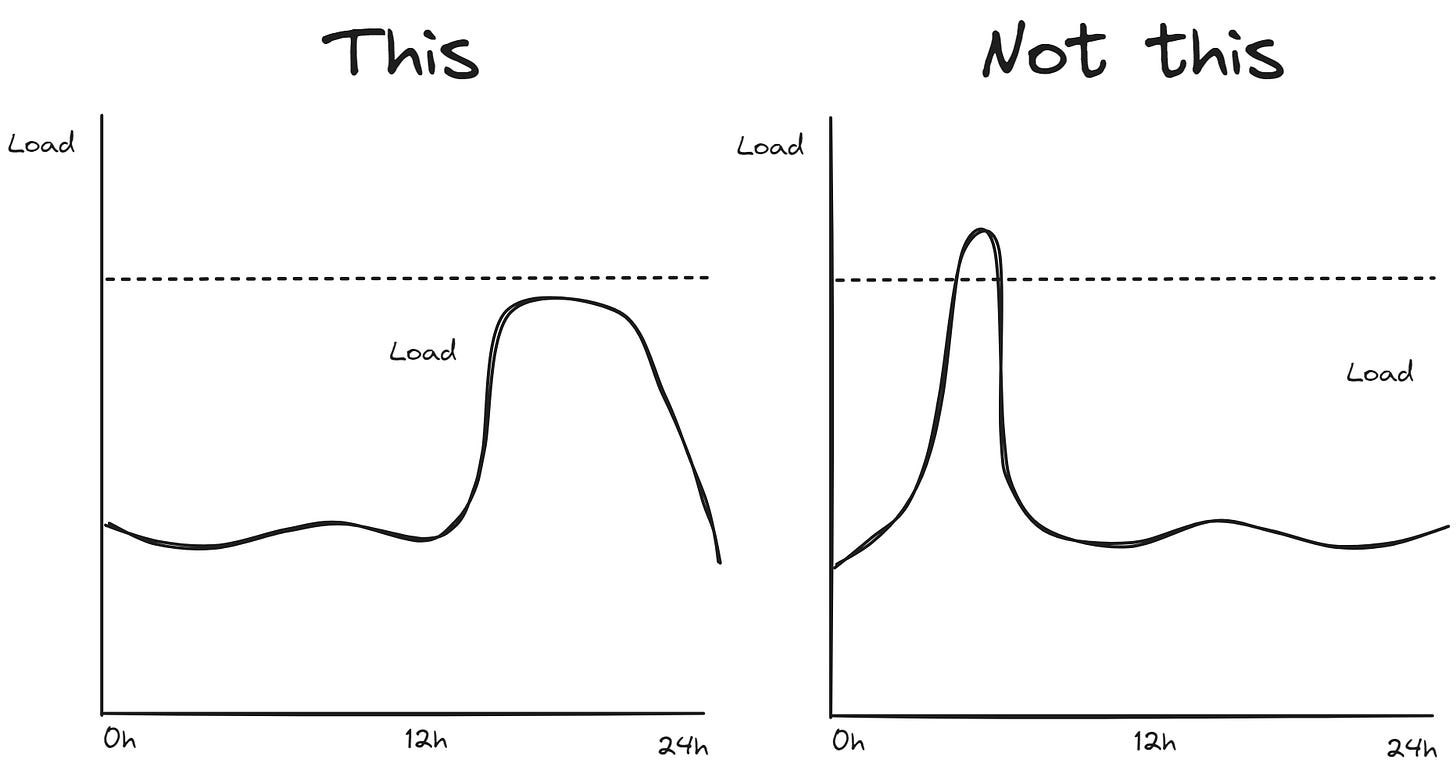Save the grid, save the world
We have the technology to decarbonise our energy usage, but why aren’t they being deployed?
The energy transition is already here. We have the technology to decarbonise the grid and our energy consumption today. Clean electrons from solar, wind and other renewable energy sources - both behind-the-meter and utility-scale - are available, and loads - such as EVs and heat pumps - continue to be electrified to use them. Add in storage capabilities such as batteries and vehicle-to-grid to help balance supply and demand when the sun doesn’t shine and the wind doesn’t blow and we have everything we need. But we’re not deploying these technologies as quickly as we could be. Why is that?
There are some financial challenges, but these are solvable. They may have high upfront costs and the ROI may not yet be amazing, but all of these technologies are already price-competitive and will only get more so as the cost curve continues to decline. Prices will come down with tax credits (until they are cost-competitive and then should be removed), the right financial products and further deployment. For example, solar has a learning rate of 44% (meaning that for every doubling in production, costs decrease by 44%) and Li-ion batteries have a learning curve of 23%. In many places, renewables are already the cheapest electricity cost, which will only come down more. If you look at the interconnection queues, the majority of projects are renewables-based. Any remaining financial issues, such as upfront cost, can easily be solved with the right financial products, and tax credits can aid the learning curve.
So if the issue isn’t ROI and cost, then what is it? We hinted at it in the last paragraph when we talked about interconnection queues. The main obstacle to deploying these technologies is connecting to the grid. The biggest barrier to the energy transition is the grid itself.
Interconnection chaos
Each component of the grid is built to withstand peak loads. From fuse boxes & electric panels all the way up to transmission lines, the grid is overbuilt so that peak loads never exceed capacity. But peak loads occur roughly 20% of the time - late afternoon and early evening when everyone is at home - the rest of the time, the grid runs at about 35% capacity. Residential load factors (average demand divided by peak demand) are often just 10-20%.
As we look to deploy these clean technologies, the main barrier we face is that we don’t know the impact of connecting them to the grid on other components - it is difficult to determine whether the interconnection will cause loads to exceed capacity or at which point on the grid this will occur. Currently, there are lots of long and expensive studies to approximate this. This delays and deters installation, as you have to wait years and spend huge sums before finding out if you’re accepted. Residential rooftop solar customers may have to pay up to $10k to interconnect their panels; while utility-scale generation can cost $ millions. On top of this, utilities aren’t used to managing a bi-directional, distributed grid (as I discuss in Towards an Internet of Energy, Part II) so find it even harder to calculate the impact of distributed resources. Following these studies, if the utility determines the interconnection will cause load to exceed capacity, the request is rejected, or the developer has to pay for the grid upgrades themselves, effectively killing the project.
Note: These delays and costs lead many consumers to co-locate generation and load behind-the-meter and not connect to the grid at all; effectively building their own micro-grid.
Exceeds expectations
The second factor preventing the deployment of these technologies is what happens if the interconnection studies determine that the capacity on the grid will be exceeded. There are two options: increase the grid capacity or reduce the peak to come within the existing capacity.
1) Increasing the capacity of the grid
a) Develop a more accurate understanding of capacity to temporarily increase limits on grid
Currently, we have a static view of line capacity. Lines are rated at, for example, 1000MW and that’s that. However, the actual capacity on the line is not static and is dependent on a number of factors, such as temperature and humidity. The 1000MW rating is based on worst case scenarios, continuing the theme of overbuilding the grid and applying a haircut to be safe. Installing Dynamic Line Rating technology reduces the haircut we need to give, enabling the grid to operate closer to its true capacity. Based on the conditions, we can say “actually the capacity at this point in time is 1100MW”. We can develop a more nuanced view of capacity levels based on the conditions and play with a smaller margin of error.
However, this doesn’t solve the problem of peak demand exceeding capacity; it just reduces the number of times or likelihood that it will occur. We could still have a situation where there is 1005MW of load but, due to the conditions, the safe capacity of the line is only 1000MW. As a result, dynamic line ratings are more suitable for boosting the utilisation of existing sources/loads that are being unnecessarily curtailed by capacity constraints, rather than interconnecting new loads/sources that could exceed the capacity.
b) Upgrade the existing grid or build new grid to permanently increase capacity
We can permanently increase capacity on the grid through upgrading the existing infrastructure, or by building new infrastructure. This can be done by reconductoring transmission and distribution lines to have a higher capacity or replacing transformers and circuit breakers to withstand larger loads.
There are challenges here with supply chain shortages (it can take up to 5 years to get a new transformer or high voltage circuit breaker) and there are also potential labour shortages. It’s easier said than done but these can be easily overcome - we can train people and we can increase supply. There are no fundamental challenges here. We already know how to build this stuff so let’s increase it.
However, the issue with this option - although necessary - is that it is more of the same: overbuild the grid to deal with peak demand. But there is another option…
2) Reducing peak load
What if, instead of increasing grid capacity, we reduced peak load and brought it under the capacity threshold? Just like with grid upgrades, we can do this dynamically - with time-of-use (TOU) rates, virtual power plants (VPPs) & demand response, and other peak shifting technologies/initiatives - or we can do this statically with permanent reductions in peak demand through good old-fashioned energy efficiency. Collectively, these are known as non-wires alternatives or virtual wires (as you don’t have to build new wires/grid upgrades).
Batteries will play a huge role here; particularly for peak shifting. They will allow load/demand to be met locally rather than drawing from, and overloading, upstream resources. This will occur at all levels to shift and reduce peaks for every component on the grid. For example, device level batteries in Impulse Labs’ stoves prevent the need for an electric panel upgrade while delivering more power when cooking; ElectricEra and FreeWire add batteries to EV chargers to smooth charging lows and prevent substation upgrades; utility-scale batteries can be used to prevent solar or wind curtailment when grid and transmission capacity would be exceeded. The list goes on
Note: there are some challenges with battery deployment (both generally and for peak shifting) due to ROI/compensation. Current electricity rates and VPPs don’t reward their services effectively - this is driven by the fact you can’t calculate their true benefit to the grid as you don’t know electric coupling, something we discuss below - and there are the delays and costs for interconnection requests if you want to discharge into the grid.
However, peak shifting, with or without batteries, needs coordination to make sure you only move the top of the peak to a different time, rather than shift the whole peak. You also need to make sure that as resources are dispatched and shifted in one part of the grid, it doesn’t cause components in another part to exceed capacity. You need to orchestrate all these resources to ensure peaks are properly reduced.
To do this effectively, you need to know the connectivity of energised components on the grid. This enables you to know which loads to shift, or which resources to dispatch, at each level of the grid, so that no component is overloaded. You need to know what is connected to what so you can determine the consequence of a change and how it will impact other parts. You also need to know grid constraints at each point, and how to incorporate that into the coordination/orchestration. This grid awareness is less relevant for basic demand response where consumers are simply reducing their consumption (e.g. by turning off the AC), but as soon as you want to start shifting peaks or coordinating dispatch, it is vital.
Note: Grid awareness and connectivity understanding is also at the crux of the interconnection queue delays and costs. Utilities have to study how they believe an interconnection will impact the grid without really knowing its connectivity and therefore if/where capacity will be exceeded. This leads to the long, expensive studies to estimate this.
Save the cheerleader grid, save the world
So we have two underlying challenges that are hindering our ability to deploy a clean grid and achieve the energy transition.
The cost of building and upgrading the grid
Difficulties orchestrating the grid effectively
Number 1 is easily solvable; we’ve built things before and can do so again. Number 2 needs more work and new technology to support this. We have some orchestration/coordination software but it lacks the connectivity information to really make an impact. Plus, this is something that’s needed at all levels of the grid - household, substation, transmission and everything in between. As I discuss in the Towards an Internet of Energy series, this is difficult but achievable, and is probably the key missing piece in the energy transition puzzle that unlocks a lot of rate limiting steps.
The key question going forward is: In which cases will it be cheaper to overbuild the grid, and in which will it be cheaper to develop and deploy the tools needed to coordinate generation, storage and loads? This is something we’ll have to figure out as loads grow, storage proliferate and renewables make up more of our generation. Even with grid orchestration, upgrades may be unavoidable if you still can’t get loads below the capacity threshold; and even with upgrades, peak loads may increase so much that orchestration is still needed.
We know what we need to do, now it’s time to save the world.
If you don’t know the Save the Cheerleader, Save the World reference, I recommend watching the first season of Heroes (don’t bother with the rest)











